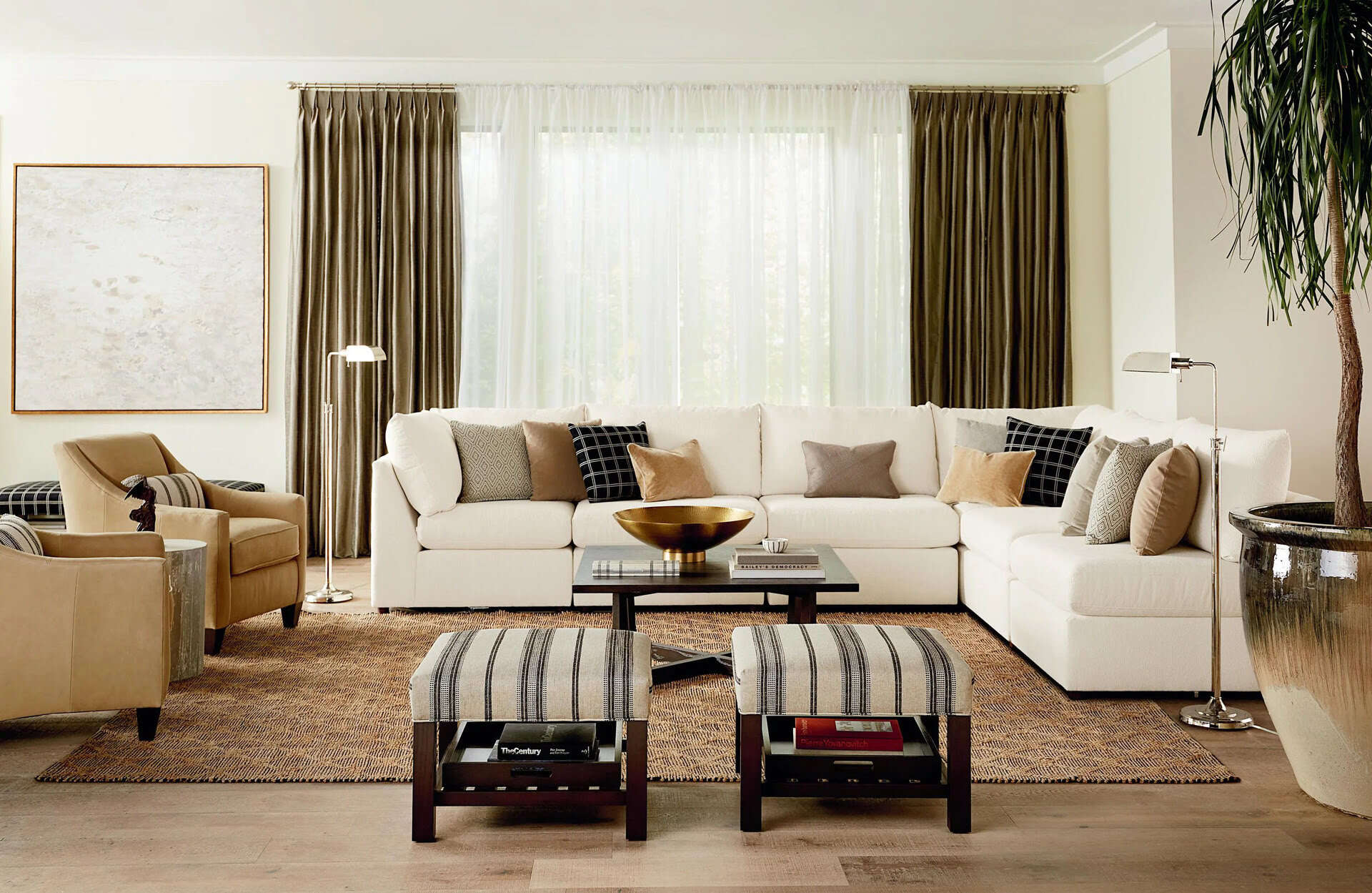

Articles
How Long Does Living Room Furniture Last
Modified: October 29, 2024
Discover how long living room furniture typically lasts and get expert tips on maximizing the lifespan of your pieces. Read our informative articles on furniture durability and maintenance.
(Many of the links in this article redirect to a specific reviewed product. Your purchase of these products through affiliate links helps to generate commission for Storables.com, at no extra cost. Learn more)
Introduction:
When it comes to furnishing your living room, you want to invest in furniture that will not only be aesthetically pleasing but also stand the test of time. After all, the living room is often the heart of a home, where we relax, entertain guests, and spend quality time with our loved ones. But how long can you expect your living room furniture to last?
There are several factors that can affect the lifespan of your living room furniture, including the quality of materials and construction, usage and maintenance habits, style and design trends, and environmental factors. By understanding these factors, you can make informed decisions when choosing and caring for your furniture, ultimately increasing its longevity and getting the most out of your investment.
In this article, we will discuss each of these factors in detail and provide insights into the average lifespan of common living room furniture pieces. Whether you are looking to purchase new furniture or wondering how long your current pieces will last, this information will help you make informed decisions and ensure that your living room remains a cozy and stylish space for years to come.
Key Takeaways:
- Invest in high-quality, well-constructed living room furniture to increase its longevity and ensure long-term comfort and style in your home. Proper care, maintenance, and mindful usage habits can significantly impact the lifespan of your furniture.
- Consider timeless designs and materials suitable for your living room environment to protect your furniture from wear and deterioration. By understanding the factors affecting furniture lifespan, you can make informed decisions and maximize the longevity of your investment.
Read more: How To Organize Furniture In The Living Room
Factors Affecting the Lifespan of Living Room Furniture:
1. Quality of Materials and Construction:
The quality of materials used and the craftsmanship involved in constructing the furniture greatly influence its lifespan. Furniture made with high-quality materials, such as hardwood frames, durable fabrics, and sturdy metal or wooden legs, tend to be more durable and long-lasting. On the other hand, furniture made with low-quality materials or shoddy construction is more likely to wear and deteriorate quickly.
2. Usage and Maintenance Habits:
How you use and care for your living room furniture can significantly impact its lifespan. Excessive weight, rough handling, and improper cleaning can cause damage and wear down the furniture more quickly. Regular maintenance, such as vacuuming upholstered pieces, polishing and conditioning wood surfaces, and keeping furniture away from direct sunlight, can help prolong their lifespan.
3. Style and Design Trends:
Design trends and personal preferences play a role in the lifespan of living room furniture. Furniture with trendy designs and colors may become outdated sooner and lose their appeal. On the other hand, classic and timeless styles tend to have a longer lifespan as they remain popular and adaptable to changing interior decor trends.
4. Environmental Factors:
The environment in which the furniture is placed can also affect its lifespan. Factors like humidity, temperature fluctuations, and exposure to sunlight or moisture can cause furniture to warp, fade, or deteriorate. It is important to consider these factors and choose furniture that is suitable for the specific conditions of your living room.
By being mindful of these factors and making informed choices, you can extend the lifespan of your living room furniture and ensure that it remains in good condition for years to come. In the next section, we will explore the average lifespan of common living room furniture pieces.
Quality of Materials and Construction:
When it comes to the lifespan of living room furniture, the quality of materials used and the construction techniques employed are crucial factors. Furniture made with high-quality materials and solid construction is more likely to withstand daily use and last for a longer time.
One of the key aspects of quality furniture is the frame. Well-built furniture typically features sturdy frames made of hardwood, such as oak, maple, or walnut. These hardwood frames are more resistant to warping and cracking, ensuring the structural integrity of the furniture over time.
In addition to the frame, the type of materials used for padding and upholstery also contribute to the longevity of the furniture. High-density foam or natural fibers like down feathers provide better cushioning and retain their shape, even with frequent use. Durable upholstery fabrics, such as leather, microfiber, or tightly-woven textiles, are more resistant to stains, tears, and general wear and tear.
The construction techniques employed during the manufacturing process also impact the durability of living room furniture. Look for furniture that is held together with dowels, screws, or corner blocks rather than staples or flimsy joints. These sturdy connections provide better stability and help the furniture withstand the pressures of daily use.
It’s also worth considering the reputation and track record of the manufacturer. Brands with a reputation for producing high-quality furniture tend to use superior materials and follow stringent quality control standards, ensuring that their products are built to last.
When shopping for living room furniture, take the time to inspect the construction and materials used. Don’t be afraid to ask questions about the manufacturing process and the materials used. Opting for furniture that prioritizes quality materials and craftsmanship may require a higher investment upfront, but it can save you money in the long run by avoiding the need for frequent repairs or replacements.
By choosing furniture with a solid frame, high-quality padding and upholstery materials, and sturdy construction techniques, you can significantly increase the lifespan of your living room furniture and enjoy its comfort and beauty for many years to come.
Usage and Maintenance Habits:
How you use and care for your living room furniture can greatly impact its lifespan. By adopting proper usage and maintenance habits, you can ensure that your furniture remains in optimal condition for an extended period of time.
Firstly, it’s important to be mindful of how you use your furniture. Avoid placing excessive weight or overloading drawers and shelves beyond their recommended capacity. Be gentle when opening and closing mechanisms such as drawers, doors, and reclining features to prevent strain or damage.
Regular cleaning is also essential for maintaining the longevity of your living room furniture. Dust and debris can accumulate on surfaces, causing scratches or abrasions over time. Vacuum upholstery regularly to remove dust and crumbs, and use a soft cloth or brush to wipe down wooden furniture to prevent the buildup of dirt and grime.
When it comes to spills or stains, it’s crucial to address them promptly. Blot any liquid spills with a clean cloth to absorb as much moisture as possible and prevent it from seeping into the upholstery or wood. Avoid rubbing the stain, as this can spread it and potentially damage the fabric or finish. Instead, use a suitable cleaner or upholstery-safe solution recommended by the manufacturer to treat the stain.
Protecting your furniture from excessive sunlight, heat, and moisture is also important. Direct sunlight can fade upholstery and cause wood to warp or discolor over time. Consider using curtains, blinds, or UV-protective window film to shield your furniture from harsh sunlight. Additionally, avoid placing furniture near sources of heat or moisture, such as radiators or humidifiers, as these can also cause damage.
Regular maintenance routines can further enhance the lifespan of your living room furniture. Treat wooden surfaces with polish or wood conditioner every few months to prevent drying and cracking. For leather upholstery, use a specialized leather conditioner to keep it soft and supple. Follow the care instructions provided by the manufacturer to ensure that you are using the appropriate cleaning products and techniques for your specific furniture.
By adopting proper usage habits and maintaining a regular cleaning and maintenance routine, you can extend the lifespan of your living room furniture and enjoy its beauty and functionality for years to come.
Style and Design Trends:
When considering the lifespan of your living room furniture, it’s important to take into account style and design trends. Furniture styles can change over time as new trends emerge and old ones fade away. While this does not directly affect the physical durability of the furniture, it does influence its perceived longevity and desirability.
Opting for furniture that reflects timeless and classic designs can ensure that your pieces remain relevant and appealing even as design trends come and go. These timeless styles are often characterized by clean lines, neutral colors, and simple yet elegant silhouettes. Examples include mid-century modern, traditional, and transitional styles.
On the other hand, furniture pieces that are heavily influenced by current design trends may lose their appeal more quickly. Styles that are particularly trendy at the moment may eventually become outdated, making the furniture appear less attractive or out of fashion. If you tend to follow design trends closely, you may find yourself wanting to replace furniture more frequently to keep up with the latest styles.
It’s important to strike a balance between personal style preferences and long-term appeal. While it’s understandable to want to incorporate some trendy elements in your living room, consider choosing furniture with a classic foundation and adding trendier accents through accessories and decor. This way, you can easily update the look of your space without having to replace major furniture pieces.
Another approach is to invest in high-quality custom-made or artisan furniture. These pieces are often designed with attention to detail and crafted with superior materials. Custom furniture can be tailored to your specific tastes and preferences, ensuring that it remains unique and stylish even as trends change.
Ultimately, the choice between timeless designs and trendy styles depends on your individual preferences. By being mindful of design trends and opting for furniture with lasting appeal, you can enjoy your living room furniture for many years without feeling the need to replace it solely based on shifting trends.
Read more: How To Choose Living Room Furniture
Environmental Factors:
Environmental factors can significantly impact the lifespan of your living room furniture. Changes in humidity levels, exposure to sunlight, and the presence of moisture can all affect the durability and condition of your furniture over time.
One of the primary environmental factors to consider is humidity. Extreme fluctuations in humidity, such as excessively dry or humid conditions, can cause wood furniture to expand or contract, leading to warping or cracking. It’s important to maintain a stable humidity level in your home, ideally between 40% to 60%. Use a humidifier or dehumidifier, depending on the climate, to help regulate the moisture content in the air and protect your furniture.
Exposure to direct sunlight can also cause significant damage to your living room furniture. Prolonged exposure to UV rays can fade and discolor fabrics and upholstery, as well as cause wooden surfaces to fade and become brittle. Consider using window treatments like curtains or blinds to filter the sunlight and protect your furniture. You can also apply UV-protective films on windows to reduce the harmful effects of UV rays.
Moisture is another environmental factor that can negatively impact your furniture. Excessive moisture or spills can result in mold growth, wood rot, and upholstery stains. If you live in a humid environment or have a tendency for spills, it’s crucial to wipe up any moisture immediately and ensure proper ventilation in your living room to prevent mold and mildew growth.
Similarly, avoid placing furniture near areas prone to moisture, such as windows, doors, or bathrooms, as these areas have a higher risk of experiencing moisture-related issues. Use coasters, placemats, and tablecloths to protect furniture surfaces from liquid spills and heat damage.
Lastly, consider the overall air quality in your living room. Dust and pollutants in the air can settle on furniture surfaces and contribute to wear and tear. Regular dusting and vacuuming can help remove these particles and maintain a cleaner and healthier environment for your furniture.
By being mindful of the environmental factors that can affect your living room furniture, you can take proactive steps to protect and prolong its lifespan. Maintaining a stable humidity level, minimizing direct sunlight exposure, preventing moisture accumulation, and keeping the air clean will all contribute to the durability and longevity of your furniture.
Average Lifespan of Common Living Room Furniture Pieces:
While the lifespan of living room furniture can vary depending on the factors mentioned earlier, here is a general guide to the average lifespan of common living room furniture pieces:
1. Sofas and Couches:
On average, a well-made and properly maintained sofa or couch can last anywhere from 7 to 15 years. Keep in mind that heavily used or lower quality sofas may have a shorter lifespan, while high-quality pieces made with durable materials can last even longer.
2. Coffee Tables:
Coffee tables, being primarily used for placing drinks, books, and other small items, can last for 10 to 20 years or more. The lifespan depends on the quality of the materials used and how well it is maintained.
3. TV Stands and Entertainment Centers:
TV stands and entertainment centers typically have a longer lifespan due to their sturdy construction. With proper care, these pieces can last anywhere from 10 to 25 years or more.
4. Bookcases and Shelving Units:
Bookcases and shelving units, being stationary furniture pieces, tend to have a longer lifespan. Well-made bookcases can last 15 to 30 years or even more, depending on their construction materials and usage.
5. Armchairs and Recliners:
The average lifespan of armchairs and recliners can range from 8 to 12 years. Durability depends on factors such as the quality of the frame, upholstery material, and the level of usage.
6. Ottoman and Footrests:
Ottomans and footrests, being accessory furniture pieces, typically have a lifespan similar to that of sofas and armchairs. With proper care, they can last anywhere from 7 to 15 years or more.
It’s important to note that these are just general estimates, and the actual lifespan of your furniture can vary depending on the factors mentioned earlier. Regular maintenance, proper usage, and investing in high-quality pieces can all contribute to extending the lifespan of your living room furniture.
By understanding the potential lifespan of different furniture pieces, you can make informed decisions when purchasing new items or assessing the condition of your existing furniture.
To extend the lifespan of your living room furniture, regularly clean and maintain it, avoid placing it in direct sunlight, and consider investing in high-quality, durable pieces.
Sofas and Couches:
Sofas and couches are often the centerpiece of a living room, providing comfort and style to the space. The average lifespan of a sofa or couch can vary based on several factors, such as the quality of materials, construction, and usage habits.
On average, a well-made sofa or couch with proper care and maintenance can last anywhere from 7 to 15 years. However, this is just an estimate, and the actual lifespan can vary widely. Higher-quality sofas made with durable materials and strong construction techniques will generally have a longer lifespan.
The quality of the materials used in the construction of the sofa greatly impacts its durability. Sofas made with hardwood frames, such as oak or maple, tend to be more robust and long-lasting. They can withstand the daily stress and weight placed on them without warping or weakening. Look for sofas that have sturdy frames and reinforced corners for added durability.
Another important consideration is the upholstery material. Sofas upholstered with high-quality and durable fabrics, such as linen, leather, or microfiber, tend to have a longer lifespan. These materials are more resistant to wear, stains, and fading, making them ideal for withstanding everyday use. It’s important to choose an upholstery fabric that suits your lifestyle and preferences while also considering its longevity.
Proper care and maintenance can significantly extend the lifespan of your sofa or couch. Regular vacuuming and spot cleaning can help prevent dirt and stains from sinking into the fabric. Fluffing the cushions and rotating them regularly can also help distribute the wear evenly and prevent indentation and sagging in specific areas. Additionally, it’s advisable to avoid placing your sofa in direct sunlight, as prolonged exposure can cause the fabric to fade and weaken over time.
Another factor that can affect the lifespan of a sofa is the level of usage. Sofas in high-traffic areas or households with children and pets may experience more wear and tear compared to those in low-traffic areas or used less frequently. However, with proper care and maintenance, even heavily used sofas can last for a considerable amount of time.
Ultimately, the overall lifespan of a sofa or couch depends on a combination of factors, including the quality of materials, construction, care, and usage habits. By choosing a well-made sofa and giving it proper care, you can ensure it remains a comfortable and stylish centerpiece in your living room for many years to come.
Coffee Tables:
Coffee tables are versatile and functional furniture pieces that often serve as the centerpiece of a living room. While they may not undergo as much wear and tear as seating furniture, their lifespan can still be influenced by factors such as material quality, construction, and usage habits.
The average lifespan of a coffee table can vary, but a well-made table with proper care and maintenance can last anywhere from 10 to 20 years or more. However, this estimate is subjective based on factors such as the quality of materials used and the level of use and abuse the table endures.
One of the key factors impacting the longevity of a coffee table is the material it is made from. Coffee tables come in a variety of materials, including wood, metal, glass, and even stone. Solid wood tables, such as those made from oak, walnut, or maple, tend to be more durable and can withstand regular use and accidental impacts without significant damage. Metal tables are also sturdy and long-lasting, while glass and stone tables require more delicate handling and are susceptible to scratching or chipping if not properly cared for.
In addition to the material, the construction of the coffee table plays a role in its lifespan. A well-constructed table with sturdy joints and reinforcements will be more resistant to wobbling, warping, and other structural issues that can occur over time. Look for tables with dowel or mortise-and-tenon joints, as well as solid construction techniques that ensure stability and longevity.
Proper care and maintenance are vital for maintaining the condition and lifespan of your coffee table. Regular cleaning with a soft, lint-free cloth and non-abrasive cleaning products suitable for the specific material will help keep the table free from dirt, dust, and stains. Avoid placing hot items directly on the table surface, as this can cause heat damage or discoloration. Additionally, using coasters or placemats can protect the table from spills and scratches.
The level of use and abuse the coffee table receives can also impact its lifespan. Coffee tables in households with young children or pets may be subjected to more accidental spills, scratches, and general wear and tear. Taking preventive measures, such as using childproofing products and providing pet-friendly alternatives, can help minimize damage to the table.
By choosing a coffee table made with high-quality materials, considering its construction, and implementing proper care and maintenance, you can ensure that your table remains a functional and aesthetically pleasing piece in your living room for many years to come.
Read more: What Furniture Is Usually In A Living Room?
TV Stands and Entertainment Centers:
TV stands and entertainment centers serve as functional and stylish pieces that not only hold your television but also provide storage for media devices and other entertainment accessories. The average lifespan of these furniture pieces can vary depending on factors such as material quality, construction, and usage habits.
On average, a well-made TV stand or entertainment center with proper care and maintenance can last anywhere from 10 to 25 years or more. However, the lifespan can be influenced by factors such as the quality of materials used, the weight and size of the television it supports, and the overall usage and handling.
The material used in the construction of TV stands and entertainment centers plays a significant role in determining their lifespan. Solid wood, such as oak, maple, or walnut, is a popular choice for its durability and long-lasting qualities. These sturdy materials can withstand the weight and impact of the television and media components without warping or sagging. Additionally, wood is known for its timeless appeal, making it a versatile choice that can adapt to changing interior design trends.
Another popular material for TV stands and entertainment centers is engineered wood or medium-density fiberboard (MDF). While less expensive than solid wood, MDF is engineered to be strong and durable. It is less prone to moisture damage, and its stability makes it well-suited for furniture construction. When properly cared for, MDF furniture can have a lifespan comparable to that of solid wood.
The construction of the TV stand or entertainment center is also crucial for its longevity. Look for furniture pieces with solid joinery methods and reinforced corners. Additional features such as adjustable shelving, cable management systems, and sturdy hardware contribute to the overall durability and functionality of the unit.
Proper care and maintenance can help extend the lifespan of TV stands and entertainment centers. Regular dusting with a soft cloth and gentle cleaning with a mild detergent can keep the surface free from dirt and debris. Avoid using harsh chemicals or abrasive cleaners that can damage the finish or materials. Additionally, be mindful of weight limits and avoid overloading shelving or placing excessive weight on surfaces not designed to support heavy objects.
The level of usage and handling also plays a role in the lifespan of these furniture pieces. TV stands and entertainment centers in high-traffic areas or households with children and pets may be subject to more wear and tear. Minimizing the risk of accidents and taking proper precautions, such as anchoring the furniture to the wall for safety, can help prolong its lifespan.
By choosing a TV stand or entertainment center made with high-quality materials, considering its construction, and providing proper care and maintenance, you can enjoy a durable and functional piece that enhances your living room for many years to come.
Bookcases and Shelving Units:
Bookcases and shelving units are essential furniture pieces for organizing and displaying books, decor, and other items in your living room. These functional pieces can add character and style to your space while providing storage solutions. The lifespan of bookcases and shelving units can vary based on factors such as material quality, construction, and usage habits.
On average, a well-made bookcase or shelving unit can last anywhere from 15 to 30 years or even longer. However, this estimate is subjective and can be influenced by factors such as the quality of the materials used and how the furniture is maintained and used.
The material used in the construction of bookcases and shelving units plays a significant role in their durability and lifespan. Solid wood, such as oak, mahogany, or pine, is a popular choice for its strength and longevity. Solid wood bookcases are known to withstand heavy loads and resist warping or sagging. Additionally, solid wood furniture can be sanded and refinished if necessary, further extending its lifespan.
Engineered wood or medium-density fiberboard (MDF) is another common material for bookcases and shelving units. It is more affordable than solid wood but still provides durability and stability. MDF is less susceptible to moisture damage and maintains its shape over time. When considering MDF furniture, it’s important to choose pieces with a high-quality finish and sturdy construction.
The construction of bookcases and shelving units also impacts their lifespan. Look for furniture pieces with strong joinery techniques, such as dovetail or mortise-and-tenon joints, as these provide added strength and stability. Adjustable shelving options can also be beneficial, allowing you to customize the layout as your storage needs evolve.
Proper care and maintenance are essential for preserving the lifespan of bookcases and shelving units. Regular dusting and cleaning with a soft cloth or furniture polish can help keep the surfaces free from dust and debris. Avoid placing heavy items on shelves that are not designed to support excessive weight, as this can lead to structural damage or sagging.
Consider the environment in which the bookcase or shelving unit is placed. Excessive exposure to sunlight can cause fading or discoloration of the materials. Additionally, avoiding exposure to excessive moisture or extreme temperature changes will help prevent warping or damage to the furniture.
The level of usage and handling can also impact the lifespan of bookcases and shelving units. Furniture in high-traffic areas or households with children and pets may experience more wear and tear. Taking preventive measures, such as securing bookcases to the wall for stability and using proper lifting techniques when moving or rearranging items on the shelves, can help minimize the risk of damage.
By selecting bookcases and shelving units made with high-quality materials, considering their construction, and providing proper care and maintenance, you can enjoy functional and visually appealing storage solutions that will withstand the test of time.
Armchairs and Recliners:
Armchairs and recliners are beloved pieces of furniture in many living rooms, providing comfort and relaxation. The average lifespan of these seating options can vary depending on factors such as material quality, construction, and usage habits.
On average, a well-made armchair or recliner with proper care and maintenance can last anywhere from 8 to 12 years. However, this estimate is subjective and can be influenced by factors such as the quality of materials used, the level of use, and the overall handling of the furniture.
The material used in the construction of armchairs and recliners greatly impacts their durability and lifespan. Depending on personal preference and budget, you’ll find armchairs and recliners made from various materials, including fabric, leather, or faux leather. Each material has its own benefits and requires specific maintenance to ensure longevity.
Fabric armchairs and recliners are typically more affordable and come in a wide range of choices. However, they may require more frequent cleaning and can be more susceptible to stains, wear, and fading over time. It’s important to choose a high-quality fabric and follow proper care instructions to maximize their lifespan.
Leather armchairs and recliners are known for their durability and luxury. Genuine leather is resistant to stains, easy to clean, and develops a unique patina over time. With proper care, leather furniture can last for many years. Faux leather or synthetic materials offer a more affordable alternative and may be more resistant to wear and stains, but they may not have the same longevity as genuine leather.
The construction of armchairs and recliners also contributes to their overall lifespan. Look for furniture pieces with sturdy frames made of materials like hardwood or metal. Reinforced joints, such as dowel or mortise-and-tenon connections, add strength and stability. Additionally, check the quality of the cushioning material to ensure it retains its shape and support over time.
Proper care and maintenance are crucial for extending the lifespan of armchairs and recliners. Follow the manufacturer’s guidelines for cleaning and maintenance, such as regular vacuuming or spot cleaning. Leather furniture may require a leather conditioner or protector to keep it supple and prevent drying or cracking. Avoid placing armchairs and recliners in direct sunlight, as prolonged exposure can cause fading or discoloration.
The level of use and handling can impact the lifespan of these furniture pieces. Armchairs and recliners in high-traffic areas or households with children and pets may experience more wear and tear. Taking preventive measures, such as using furniture covers or placing throws, can help protect the upholstery from spills or pet damage.
By selecting armchairs and recliners made with high-quality materials, considering their construction, and providing proper care and maintenance, you can enjoy comfortable seating options that provide lasting comfort and style in your living room.
Ottoman and Footrests:
Ottomans and footrests are versatile and functional furniture pieces that add comfort and style to your living room. While they may not be used as frequently as seating furniture, their lifespan can still be influenced by material quality, construction, and usage habits.
On average, a well-made ottoman or footrest with proper care and maintenance can last anywhere from 7 to 15 years. However, this estimate can vary depending on factors such as the quality of materials used, the level of use, and the overall handling of the furniture.
The material used in the construction of ottomans and footrests plays a significant role in their durability and lifespan. These pieces can be made from various materials, including fabric, leather, or synthetic materials. Each material has its own benefits and requires specific care to ensure longevity.
Fabric ottomans and footrests offer a wide range of choices in terms of patterns and colors. They are typically more affordable and can withstand everyday use. However, it’s important to choose a high-quality fabric that is resistant to stains, wear, and fading. Regular vacuuming and occasional spot cleaning can help keep fabric ottomans looking their best.
Leather ottomans and footrests are known for their durability, luxurious appearance, and easy maintenance. With proper care, genuine leather can last for many years. Regular dusting and occasional leather conditioning will keep the leather supple and prevent drying or cracking. Faux leather or synthetic materials offer a more affordable alternative and may have similar durability depending on the quality of the material.
The construction of ottomans and footrests also impacts their longevity. Look for pieces with sturdy frames made of materials like hardwood or metal. Reinforced joints, such as dowel or mortise-and-tenon connections, add strength and stability. Additionally, check the quality of the cushioning material to ensure it retains its shape and support over time.
Proper care and maintenance are essential for preserving the lifespan of ottomans and footrests. Regular dusting and occasional cleaning with a mild soap and water solution can help keep the surface clean. Avoid using harsh chemicals or abrasive cleaners that can damage the fabric or leather. Additionally, be mindful of weight limits and avoid placing excessive weight or using them as standing platforms, as this can lead to structural damage.
The level of use and handling also impacts the lifespan of these furniture pieces. Ottomans and footrests in high-traffic areas may experience more wear and tear. Taking preventive measures, such as using furniture covers or placing them away from potential spills or pet damage, can help protect the upholstery or surface of the furniture.
By selecting ottomans and footrests made with high-quality materials, considering their construction, and providing proper care and maintenance, you can enjoy functional and stylish furniture pieces that enhance your living room for many years to come.
Read more: How To Mix And Match Living Room Furniture
Conclusion:
Choosing living room furniture is an investment that should be made with careful consideration. Understanding the factors that can affect the lifespan of your furniture is essential for making informed decisions and getting the most out of your investment.
The quality of materials used and the craftsmanship employed in construction play a significant role in determining the durability of your furniture. Opting for high-quality materials and sturdy construction techniques can increase the lifespan of your living room furniture and ensure its long-term functionality and appeal.
Usage and maintenance habits also impact the longevity of your furniture. Taking proper care of your furniture, such as regular cleaning and maintenance routines, can prevent damage and prolong its lifespan. Additionally, being mindful of how you use your furniture and avoiding excessive weight or rough handling can help maintain its integrity over time.
Style and design trends should be considered when selecting furniture, as trendy designs may become outdated faster. Choosing classic and timeless styles or incorporating trendy elements through accessories allows you to adapt to changing design trends without replacing major furniture pieces.
Environmental factors, such as humidity, sunlight exposure, and moisture levels, can also impact the lifespan of your furniture. Taking steps to control and regulate these factors can help protect your furniture from damage and deterioration.
Based on average estimates, the lifespan of common living room furniture pieces can range from 7 to 30 years, depending on various factors. Sofas and couches typically last around 7 to 15 years, while coffee tables and TV stands can last for 10 to 25 years. Bookcases and shelving units have a longer lifespan, averaging between 15 to 30 years. Armchairs, ottomans, and recliners typically have a lifespan of 8 to 15 years.
In conclusion, by considering the quality of materials and construction, usage and maintenance habits, style and design trends, and environmental factors, you can make informed choices when selecting living room furniture. Taking proper care of your furniture and being mindful of usage habits can help extend its lifespan and ensure that you can enjoy comfort, functionality, and style in your living room for many years to come.
Frequently Asked Questions about How Long Does Living Room Furniture Last
Was this page helpful?
At Storables.com, we guarantee accurate and reliable information. Our content, validated by Expert Board Contributors, is crafted following stringent Editorial Policies. We're committed to providing you with well-researched, expert-backed insights for all your informational needs.
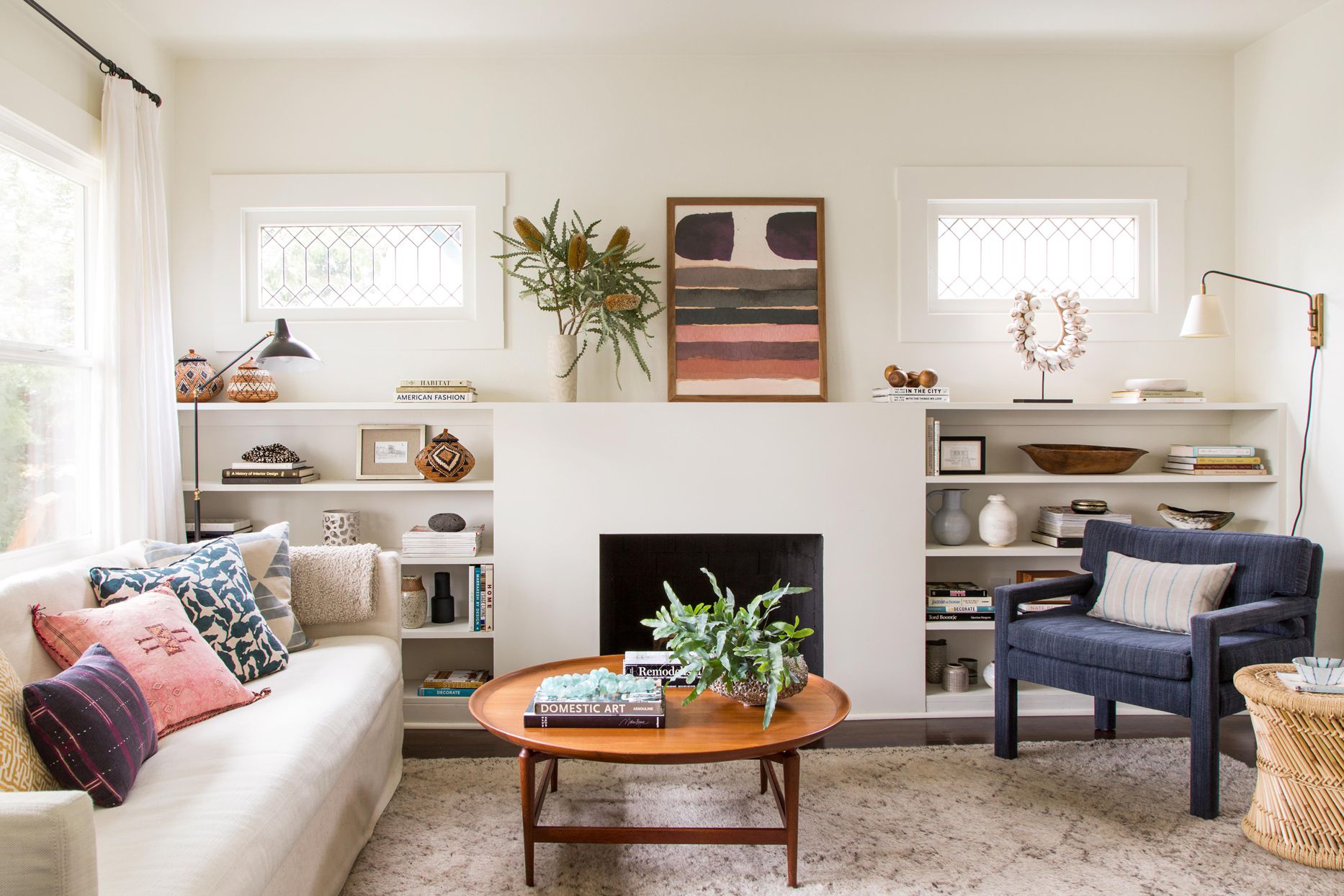
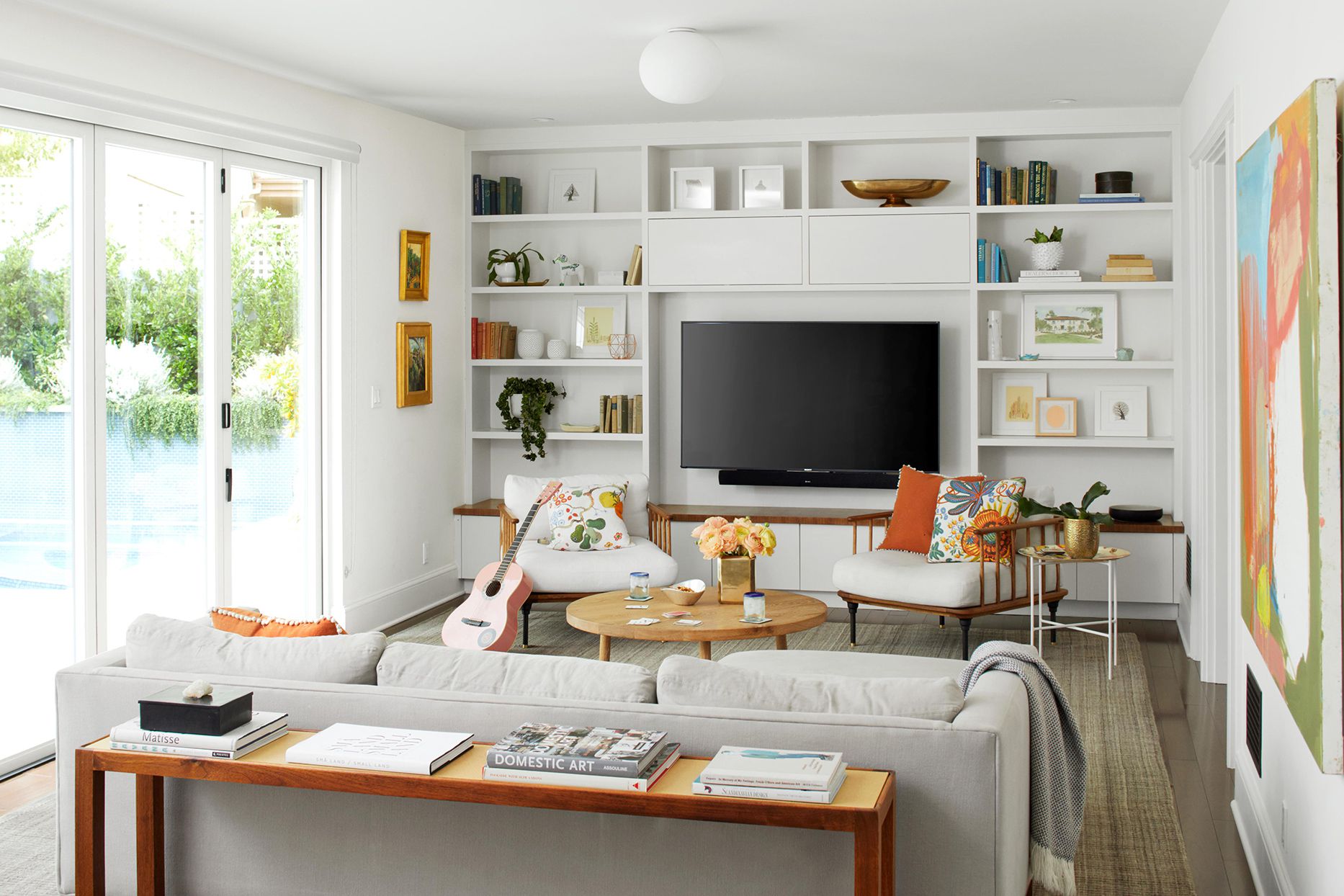
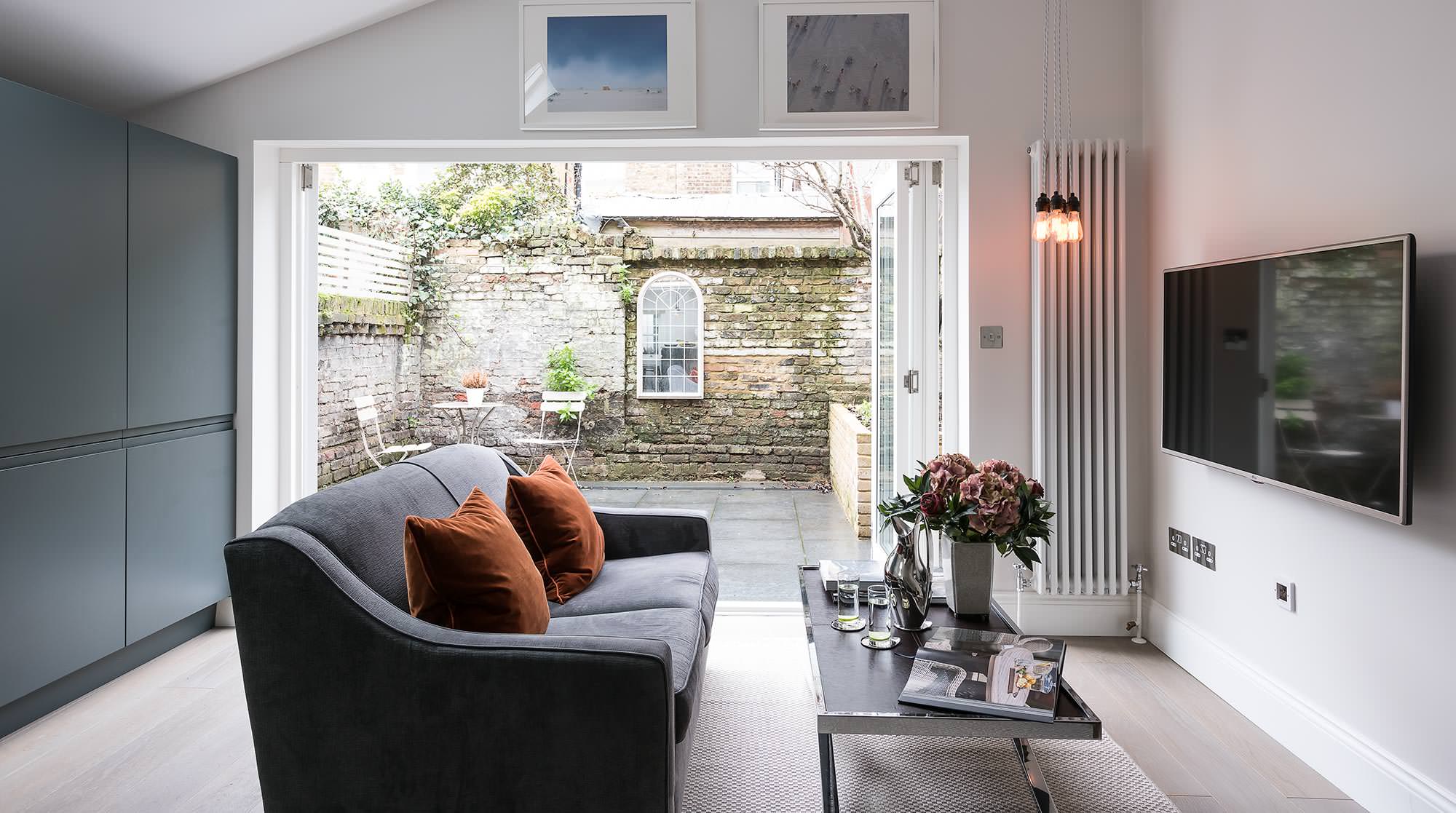
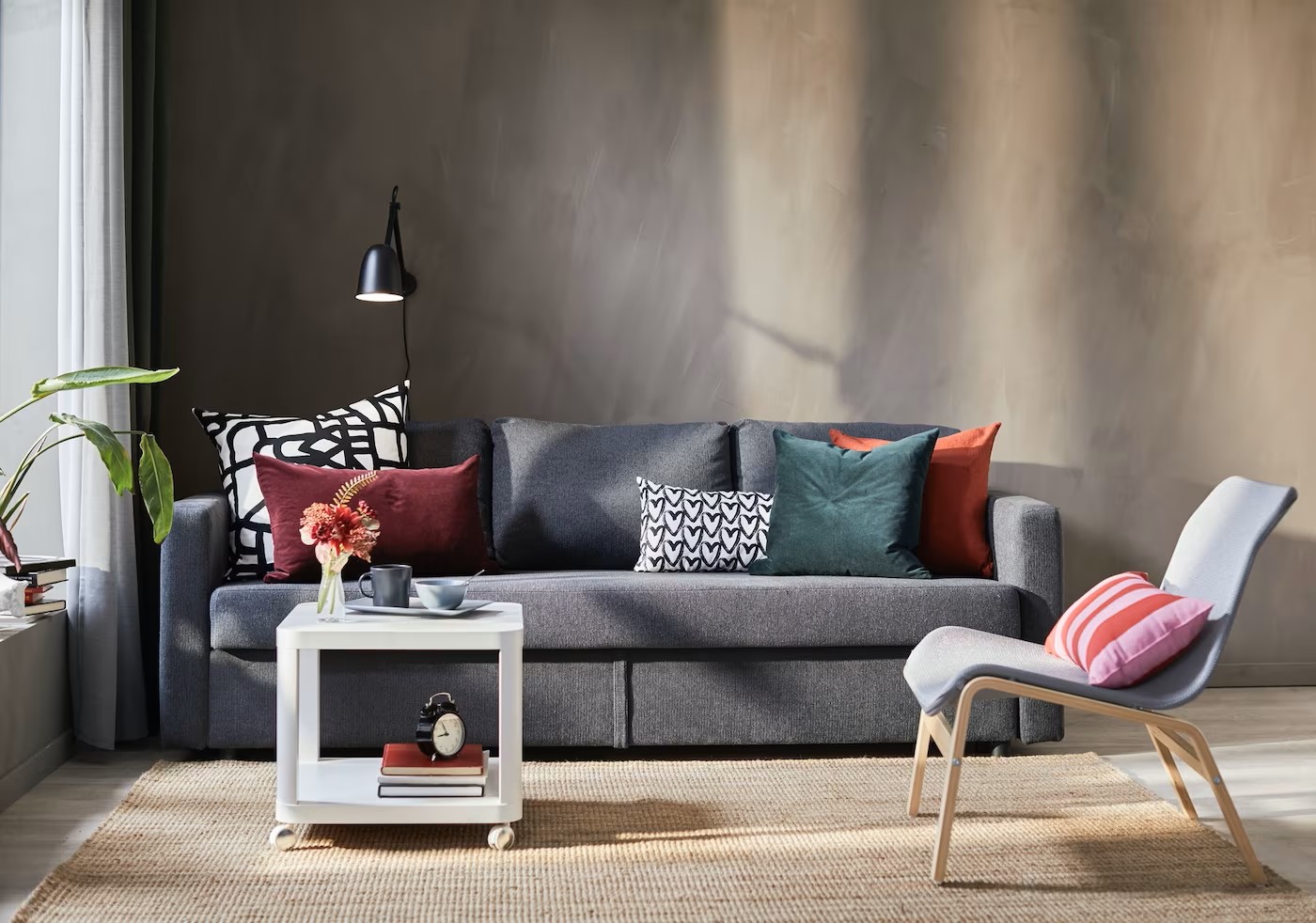
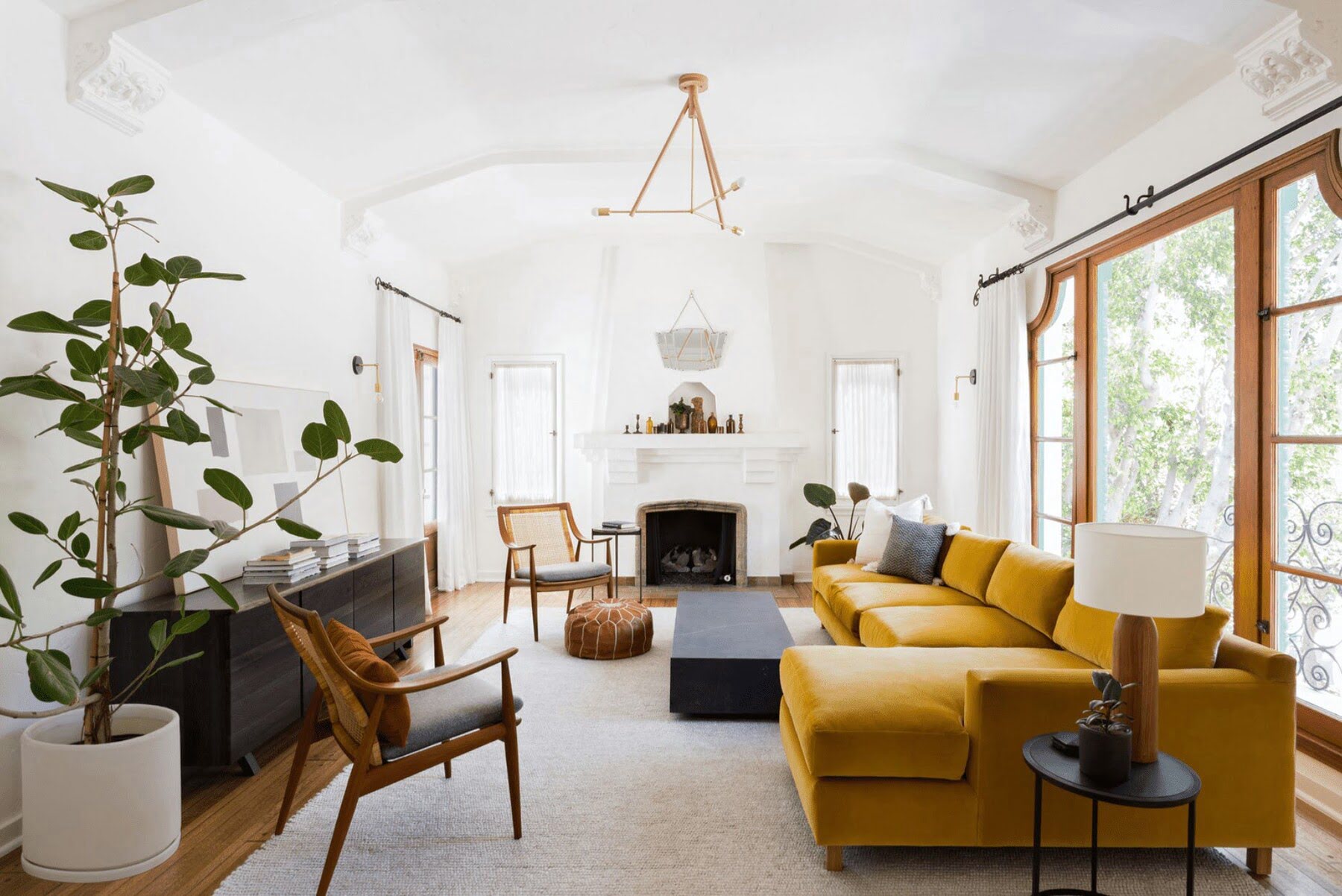
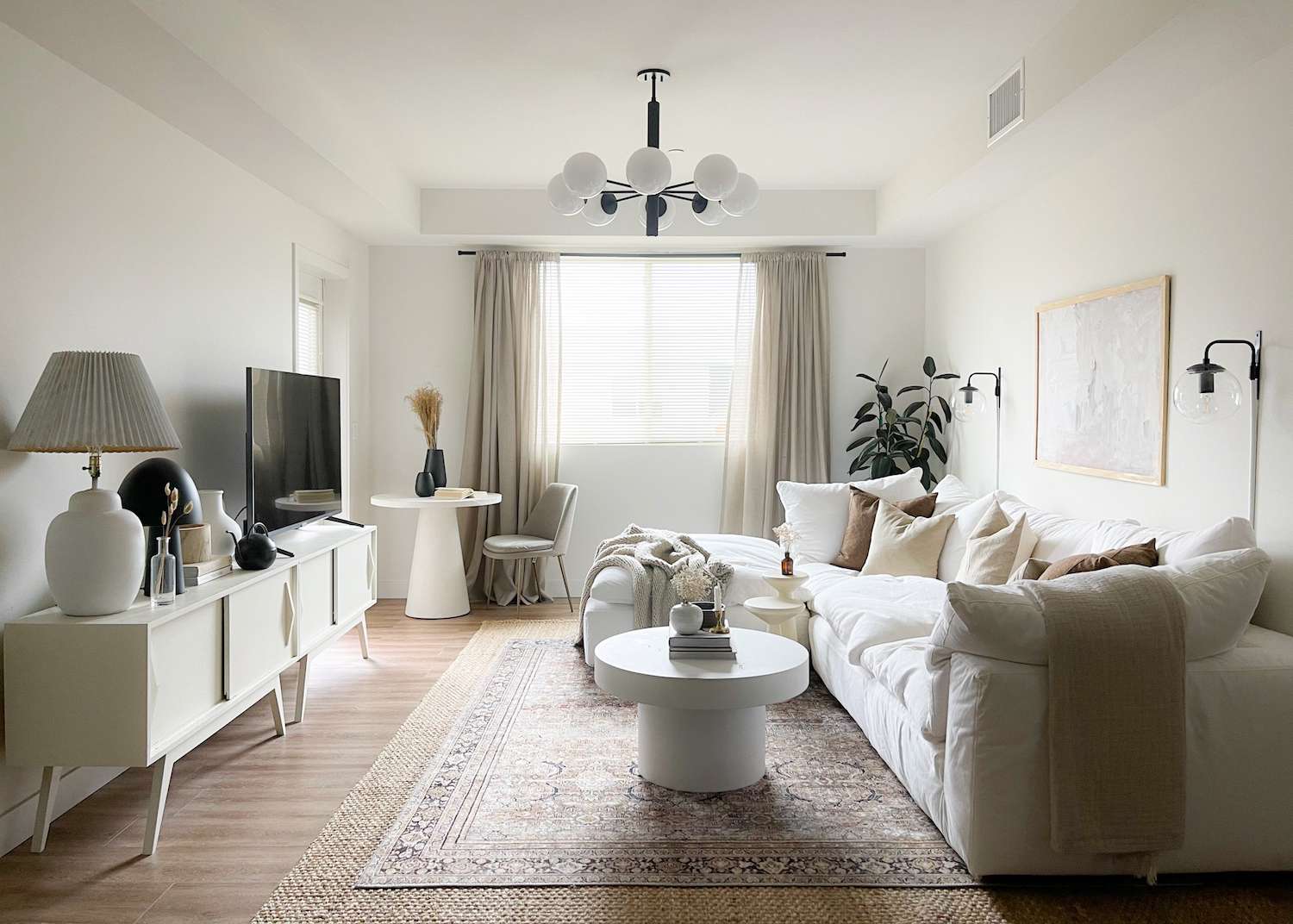
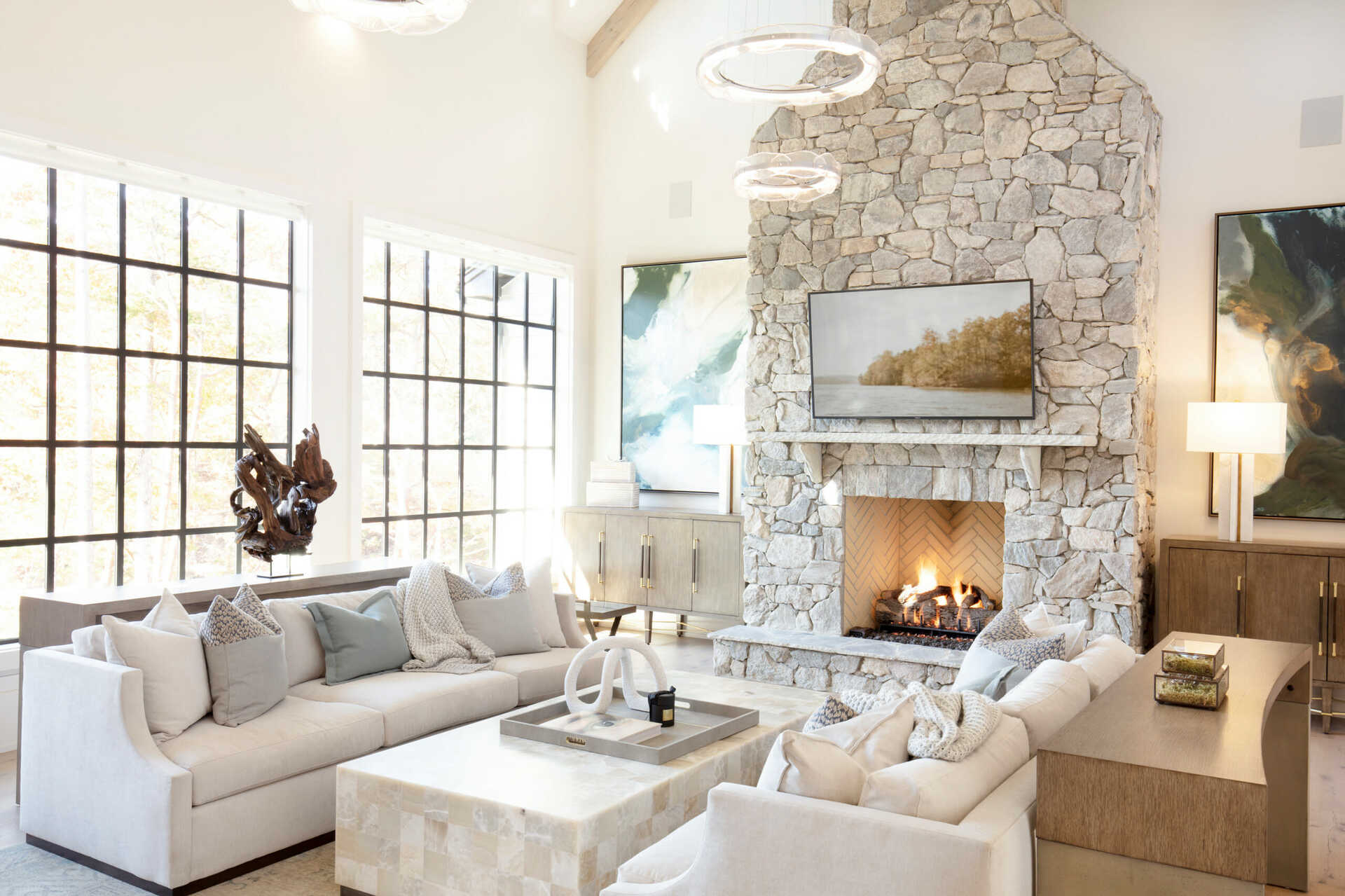

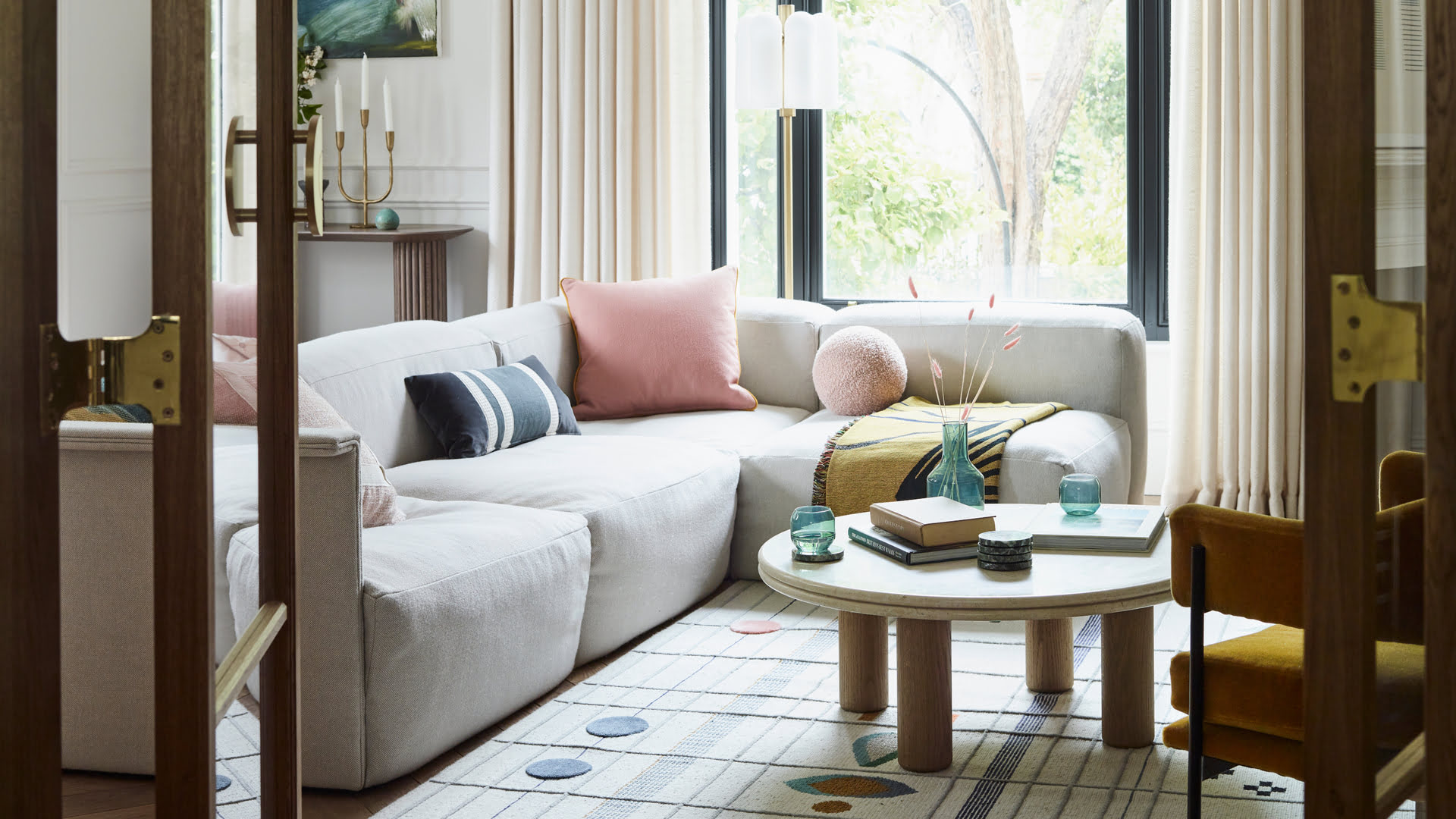
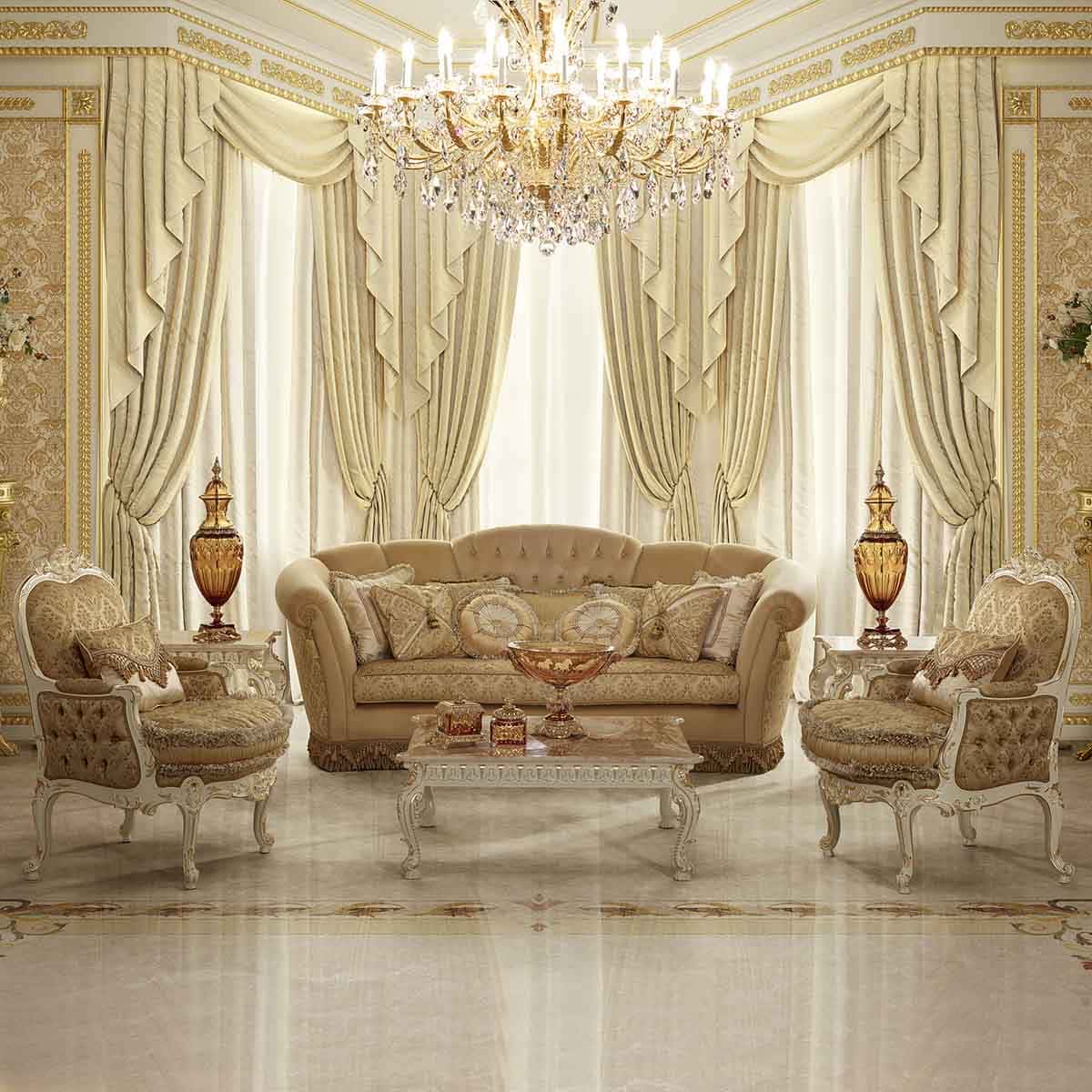
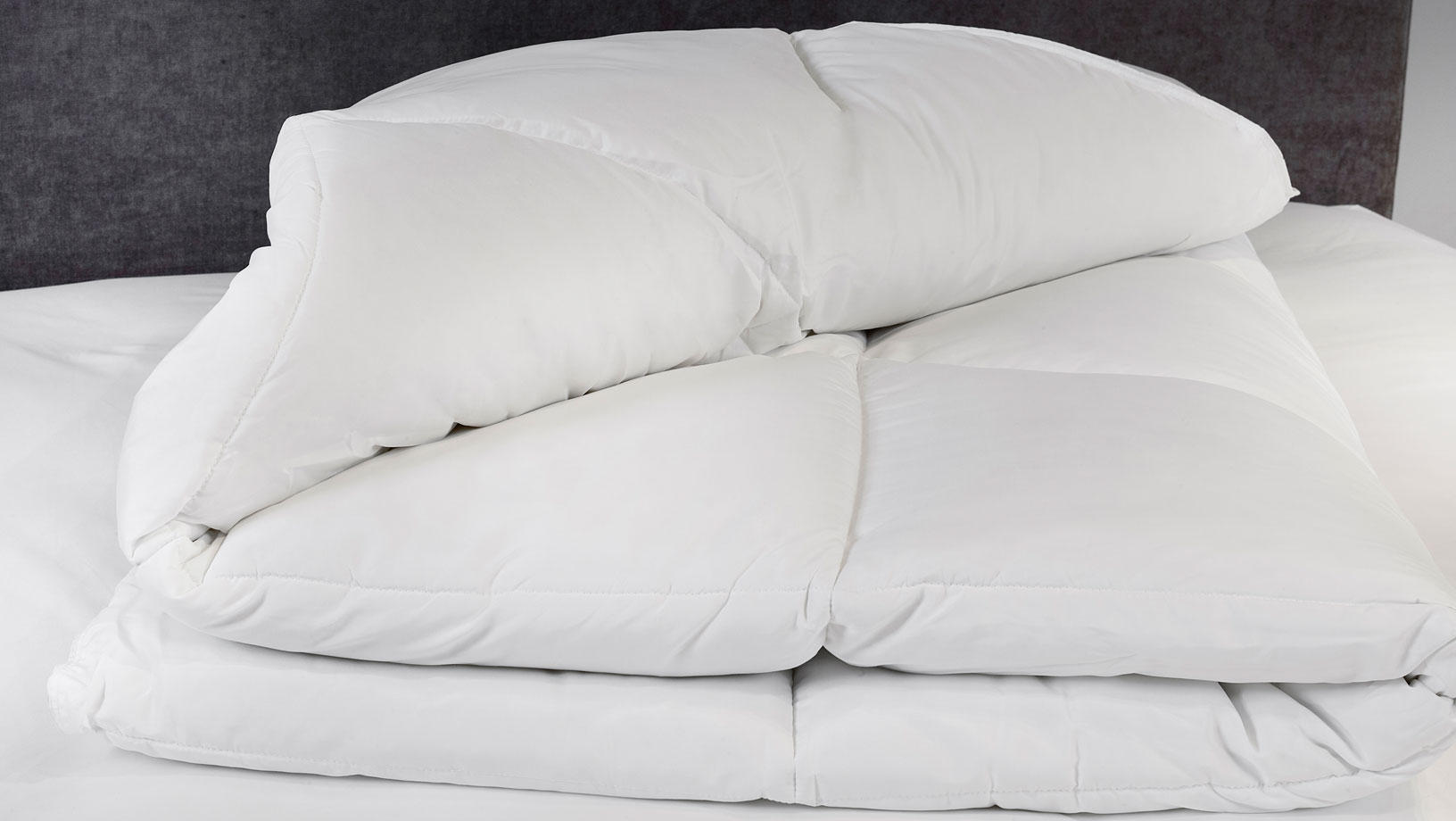


0 thoughts on “How Long Does Living Room Furniture Last”